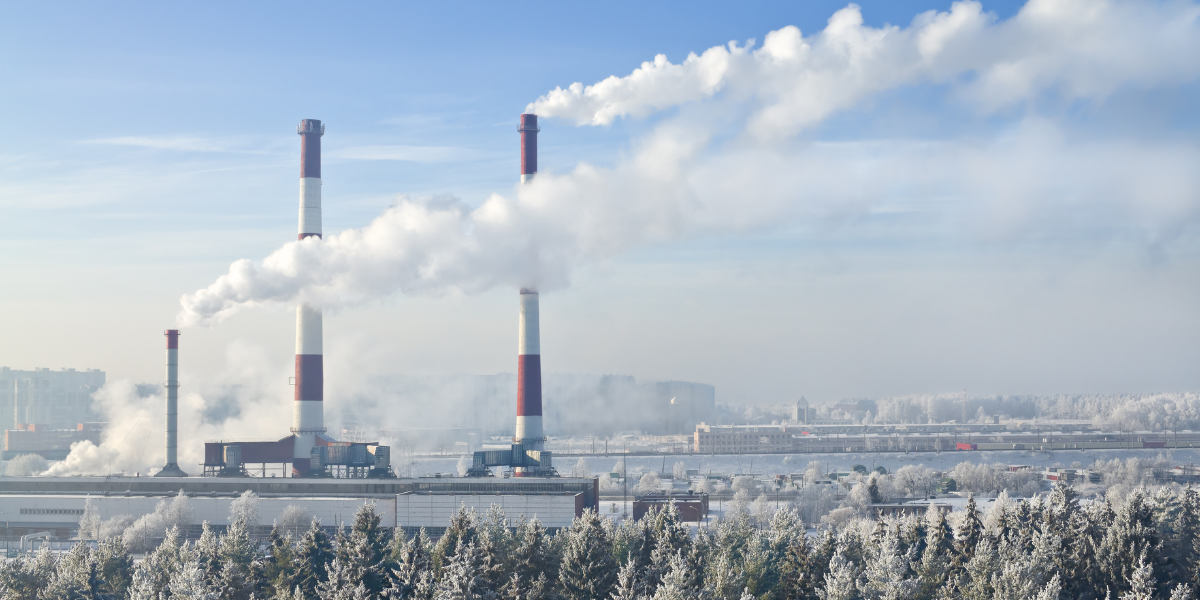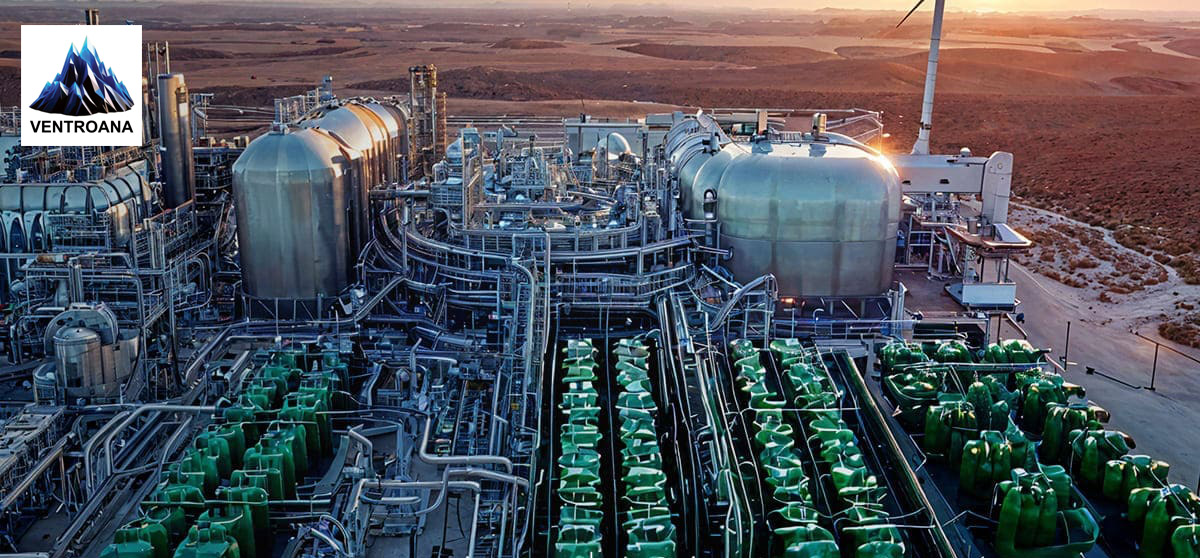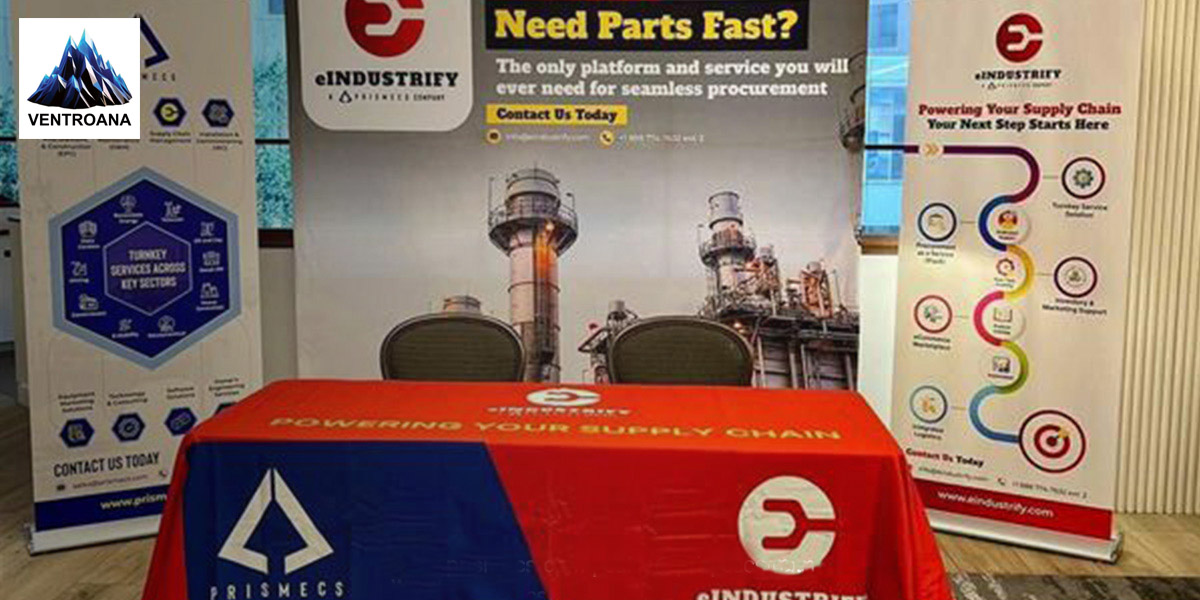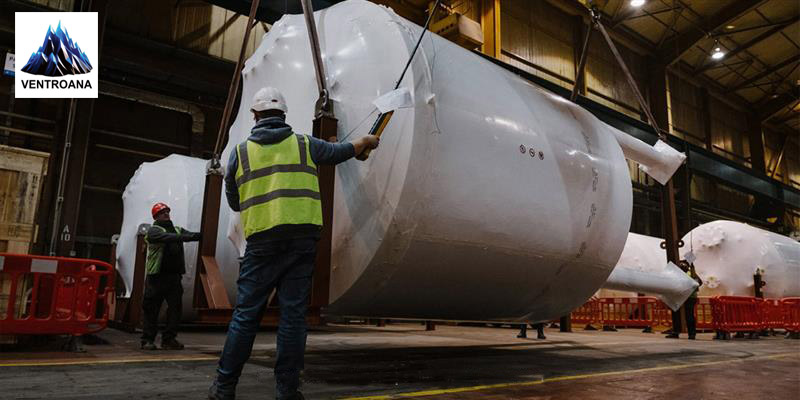Microgrid
February 20, 2024

Thermal power plants are one of the most basic and vital sources of energy in today’s world. Although they can be expensive to build and do require a lot of maintenance and repair work to remain operational, they are still one of the cheapest forms of energy generation available to us right now.
The financial aspect of thermal power plants is important to understand, as it plays an essential role in the success of these power plants. Let’s have an overview of the financial aspects of thermal power plants:
The thermal power station or thermal power plant is a thermally efficient generating set capable of burning a variety of solid, liquid, and gaseous fuels to produce electricity. There are many types ranging from fossil fuel-based systems to those that use renewables such as biomass. The working principle of thermal power station in two simple steps:
Thermal power station efficiency: The efficiency and capacity of a thermal station are determined by how well it converts energy from combustion into mechanical energy in its prime mover turbines.
The various types of thermal power plants based on coal can be broadly classified into four categories. These are:
The role and importance of thermal power plants have been increasing in the U.S. due to the growing demand for electricity and the scarcity of fossil fuels such as gas, oil, etc. In the U.S. thermal power plants account for a major portion (more than 70%) of installed capacity which is in tune with our energy needs.
A thermal power plant converts energy stored in pressurized steam into mechanical work. Most thermal power stations in use around the world burn fossil fuels to produce electricity (fossil fuel thermal power stations).
Combined cycle power generation uses two heat engines in tandem to produce electric power.
Power can be taken off both turbines and combined with plant generation at any time using static inverters.
A gas turbine or a combustion turbine is a type of internal combustion engine. It has an upstream rotating compressor coupled to a downstream turbine, and a combustion chamber in-between. In a gas turbine, the working fluid is usually pressurized gas like natural gas or propane.
Power generation is one of the most capital-intensive industries. In the thermal power sector, initial fixed capital costs are high, as compared to other sources such as hydro and renewable energy. These costs include:
Here are some factors that affect the financial aspects of thermal power plants:
The capital cost can be divided into several categories: typically, construction costs, procurement, transmission, and financing costs. The investment cost for a typical thermal plant with a capacity above 500 MW is approximately US$1.5 billion (about $5 per person in the US) expected to increase due to rising construction prices and interest rates. Historically, coal-fired plants have lower costs than oil-fired plants because coal is relatively cheap and more abundant. Coal costs are also stable while oil prices can fluctuate dramatically.
Operating costs are important to keep track of because they show the consumption of resources. The operating costs of thermal power plants involve all expenditures related to the plant’s primary activity: which is electricity production in thermal power plants. These costs consist of daily expenses such as labor, fuels, maintenance, etc. The second set of operational costs is longer-term expenses also known as fixed costs which occur regardless of whether the plant runs or not.
Over time, environmental and strategic factors have become very important, which has led to increased costs for thermal power generation. A few of these factors are mentioned below: Environmental: The environmental standards for coal and gas-based thermal plants in India are now comparable to those of developed countries such as Germany and Japan.
Fuel is a vital aspect of a thermal plant; it determines how much heat you’ll be able to produce, and therefore how much electricity you’ll be able to produce as well. The two most popular types of fuel for thermal plants are oil and coal.
Modern thermal power plants are typically gas or coal-fired to generate electricity for local communities and industries. A thermal plant owner must balance energy generation with load requirements, resulting in a complex decision-making process that impacts plant operations.
Plant managers need to predict a facility’s demand from day to day, hour to hour, and even minute to minute. This requires advanced planning tools that can help visualize how much steam is needed on any given day, allowing for more efficient use of fuel and other operating costs.
Ventro Analytics is a leading supplier of thermal power plants and engineering, procurement & construction company (EPC). Our services include Engineering, Procurement, and Construction (EPC) for all types of energy and power projects including thermal power plants. We are experienced in the design and execution of coal-based thermal power projects with capacities ranging from 200 MW to 1000 MW.
We also offer turnkey solutions for setting up supercritical steam turbines with capacities ranging from 100 MW to 600 MW. With our international experience in thermal power project execution, we have been instrumental in setting up over 500MW capacities based on supercritical technology. So, contact us at sales@ventroana.comm for further information!
Tags: ["power thermal plant" "thermal power stations" "power generation in thermal power plant" "what is thermal power generation" "thermal power generation" "what is thermal power plant" "what is a thermal power plant" "thermal power plants" "what is thermal power station" "how does a thermal power plant work" "thermal power production" "thermal plants" "thermal power efficiency" "thermal generation plant" "power station efficiency" "thermal power industry" "thermal power plant" "what is thermal generation" "thermal power station"]

Successful Implementation of Green Hydrogen in Power Plants
Discover how green hydrogen revolutionizes power plants with sustainable energy solutions, reducing ...

Driving Innovation and Resilience: Insights from the 10th Annual Energy Supply C...
Gain insights on driving innovation and resilience at the 10th Energy Supply Chain & Procurement Sum...

Understanding EPC Engineering: Key Concepts Explained
Discover the essentials of EPC Engineering, covering contracts, project phases, and roles of EPC con...